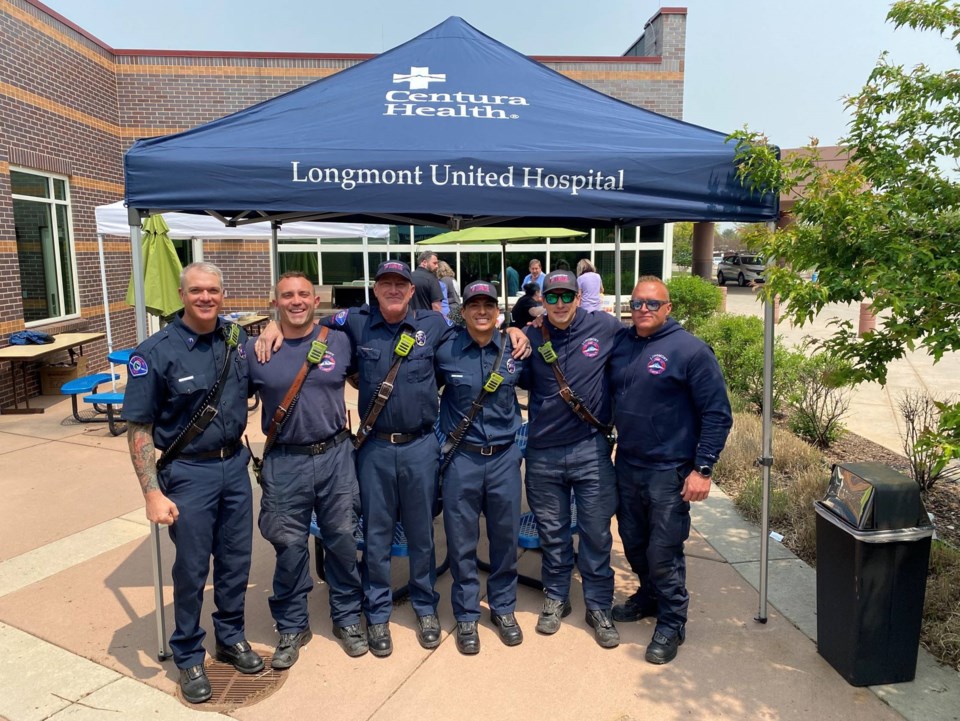EMS is the first contact some people have for medical care in an emergency. This week, Longmont United Hospital celebrated the men and women who help save lives.
Rachel Longseth, trauma program manager at LUH, organized breakfast, lunch and an ice cream social for EMS workers in the Longmont area. She wanted to be sure each shift felt the hospital’s appreciation.
“They’re an important part of the healthcare system. They’re the first face that people see when they are in crisis and they get the (medical) process started before they (the patient) even gets here,” Longseth said. “The work that they do also helps us get our jobs done, so we appreciate everything that they do.”
EMS workers work single-handedly or in small groups to quickly assess and begin treatment for patients anywhere that is not the hosptial. These workers begin IVs, treat wounds and even prepare the hospital when a stroke victim is coming in.
“Time is brain,” said Richard Estep, EMS coordinator and paramedic.
In the case of stroke victim, every minute counts and one minute could be the difference between full recovery or living with deficits. EMS alerts the hospital when a stroke victim is on the way. This advanced notification allows the hospital time to prepare and save precious moments in treatment.
Although EMS workers are the first to see the patient, their work does not end there. Many of them work with the emergency team at LUH to learn about patient outcomes and receive feedback about practices that could be improved to give patients a better chance of health.
Many also work within the hospital to comfort patients, start IVs and assist with care.
“It is important to remember that EMS, sometimes, is not as visible as other aspects of the medical or emergency services. We try very hard to appreciate the men and women who work under such trying conditions,” Estep said. “Without EMS doing the best job possible, then many more patients would have really bad outcomes … It takes a very special individual to do that work.”



